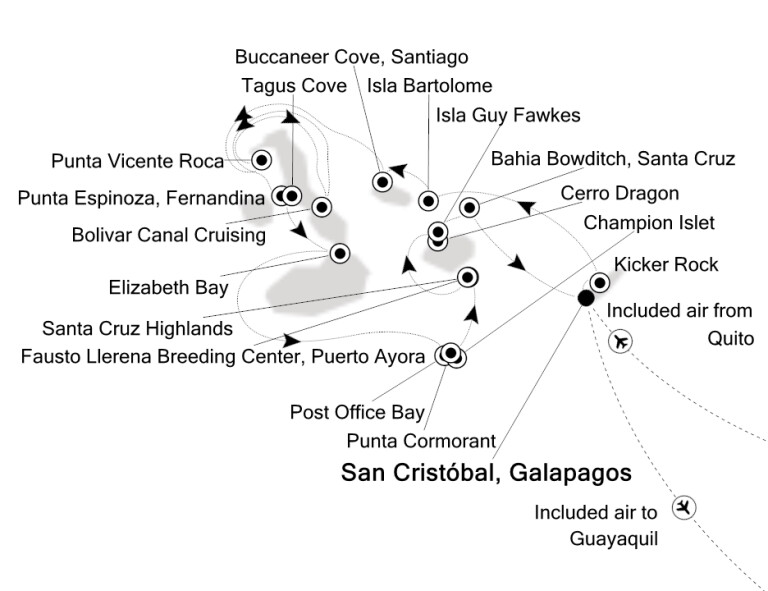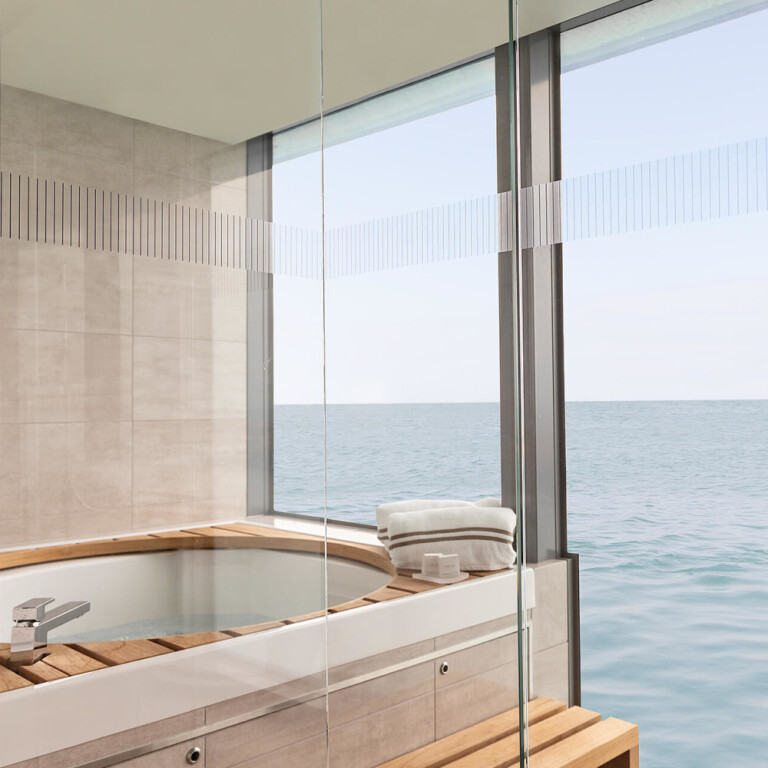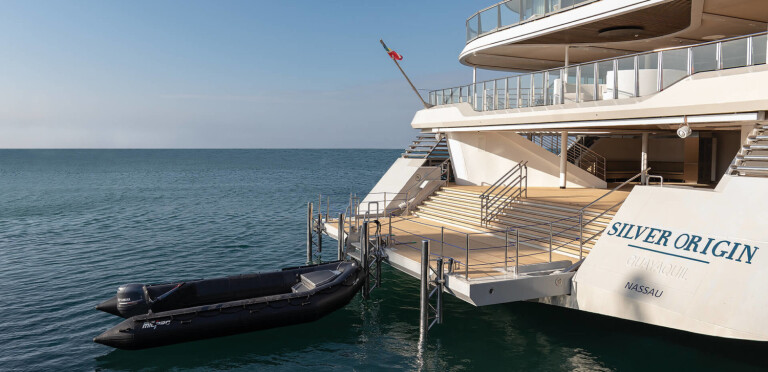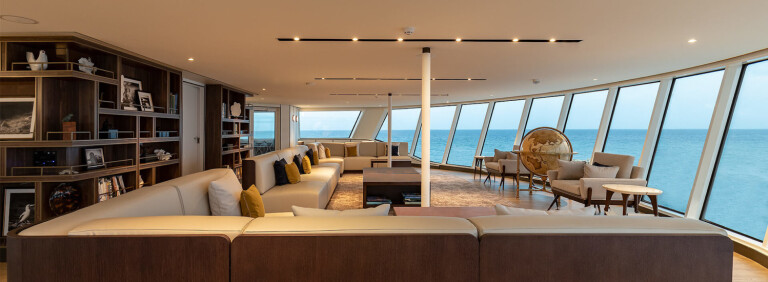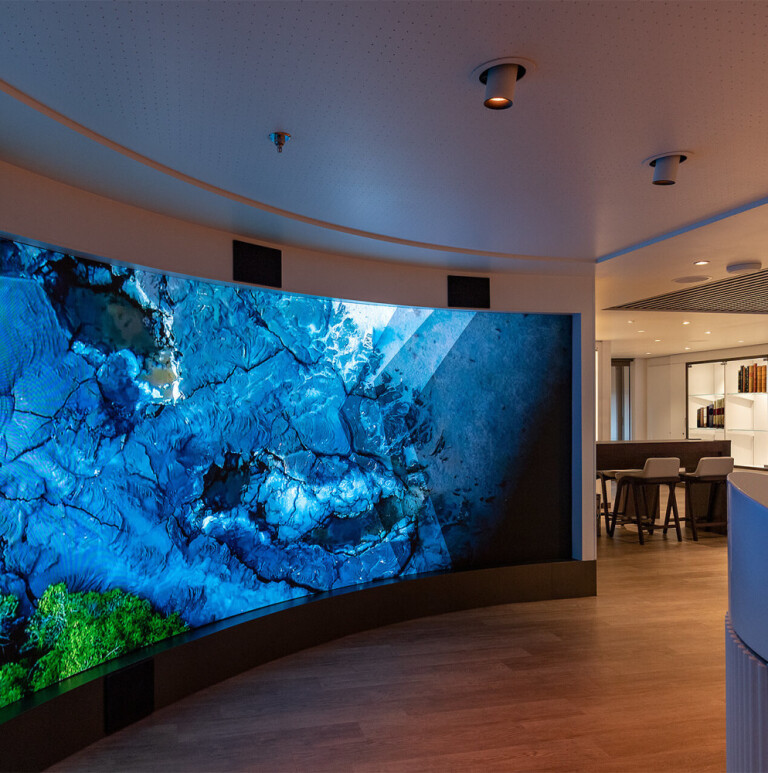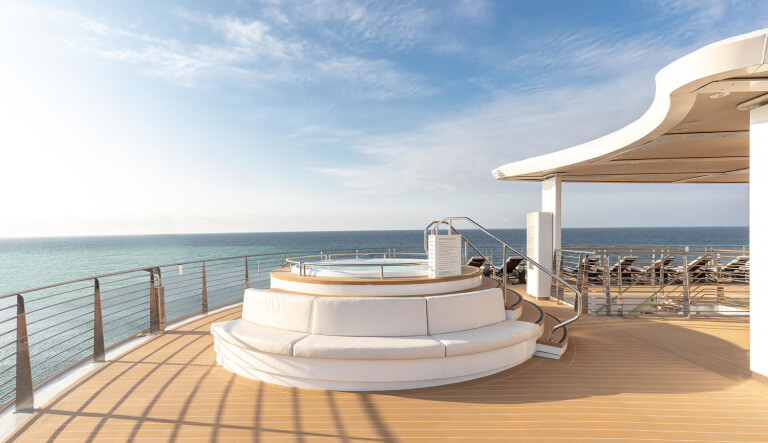Erfahren Sie es zuerst!
Abonnieren Sie unseren Newsletter:
Wählen Sie jetzt noch eine passende Kabine und entdecken Sie polare Welten! Alle Informationen zu dieser Reise mit dem Reisecode OR250920007 können Sie ausdrucken oder speichern.
Reisetermin
20.09. - 27.09.2025 (8 Tage)Reederei
SilverseaSchiff
Silver OriginDieser Tarif deckt die All- Inclusive Kreuzfahrt ab/bis... weiter lesen
Nicht verfügbar
Dieser Tarif beinhaltet Economy-Flug, Transfers und... weiter lesen
Nicht verfügbar
Dieser Tarif deckt die All- Inclusive Kreuzfahrt ab/bis... weiter lesen
Nicht verfügbar
Dieser Tarif beinhaltet Economy-Flug, Transfers und... weiter lesen
Nicht verfügbar
Dieser Tarif deckt die All- Inclusive Kreuzfahrt ab/bis... weiter lesen
Nicht verfügbar
Dieser Tarif beinhaltet Economy-Flug, Transfers und... weiter lesen
Nicht verfügbar
Dieser Tarif deckt die All- Inclusive Kreuzfahrt ab/bis... weiter lesen
Nicht verfügbar
Dieser Tarif beinhaltet Economy-Flug, Transfers und... weiter lesen
Nicht verfügbar
Dieser Tarif deckt die All- Inclusive Kreuzfahrt ab/bis... weiter lesen
Nicht verfügbar
Dieser Tarif beinhaltet Economy-Flug, Transfers und... weiter lesen
Nicht verfügbar
Dieser Tarif deckt die All- Inclusive Kreuzfahrt ab/bis... weiter lesen
Nicht verfügbar
Dieser Tarif beinhaltet Economy-Flug, Transfers und... weiter lesen
Nicht verfügbar
Dieser Tarif deckt die All- Inclusive Kreuzfahrt ab/bis... weiter lesen
Nicht verfügbar
Dieser Tarif beinhaltet Economy-Flug, Transfers und... weiter lesen
Nicht verfügbar
Dieser Tarif deckt die All- Inclusive Kreuzfahrt ab/bis... weiter lesen
Nicht verfügbar
Dieser Tarif beinhaltet Economy-Flug, Transfers und... weiter lesen
Nicht verfügbar
Dieser Tarif deckt die All- Inclusive Kreuzfahrt ab/bis... weiter lesen
Nicht verfügbar
Dieser Tarif beinhaltet Economy-Flug, Transfers und... weiter lesen
Nicht verfügbar
Dieser Tarif deckt die All- Inclusive Kreuzfahrt ab/bis... weiter lesen
Nicht verfügbar
Dieser Tarif beinhaltet Economy-Flug, Transfers und... weiter lesen
Nicht verfügbar
Dieser Tarif deckt die All- Inclusive Kreuzfahrt ab/bis... weiter lesen
Nicht verfügbar
Dieser Tarif beinhaltet Economy-Flug, Transfers und... weiter lesen
Nicht verfügbar
Dieser Tarif deckt die All- Inclusive Kreuzfahrt ab/bis... weiter lesen
Nicht verfügbar
Dieser Tarif beinhaltet Economy-Flug, Transfers und... weiter lesen
Nicht verfügbar
Dieser Tarif deckt die All- Inclusive Kreuzfahrt ab/bis... weiter lesen
Nicht verfügbar
Dieser Tarif beinhaltet Economy-Flug, Transfers und... weiter lesen
Nicht verfügbar
Dieser Tarif deckt die All- Inclusive Kreuzfahrt ab/bis... weiter lesen
Nicht verfügbar
Dieser Tarif beinhaltet Economy-Flug, Transfers und... weiter lesen
Nicht verfügbar
Dieser Tarif deckt die All- Inclusive Kreuzfahrt ab/bis... weiter lesen
Nicht verfügbar
Dieser Tarif beinhaltet Economy-Flug, Transfers und... weiter lesen
Nicht verfügbar
Dieser Tarif deckt die All- Inclusive Kreuzfahrt ab/bis... weiter lesen
Nicht verfügbar
Dieser Tarif beinhaltet Economy-Flug, Transfers und... weiter lesen
Nicht verfügbar
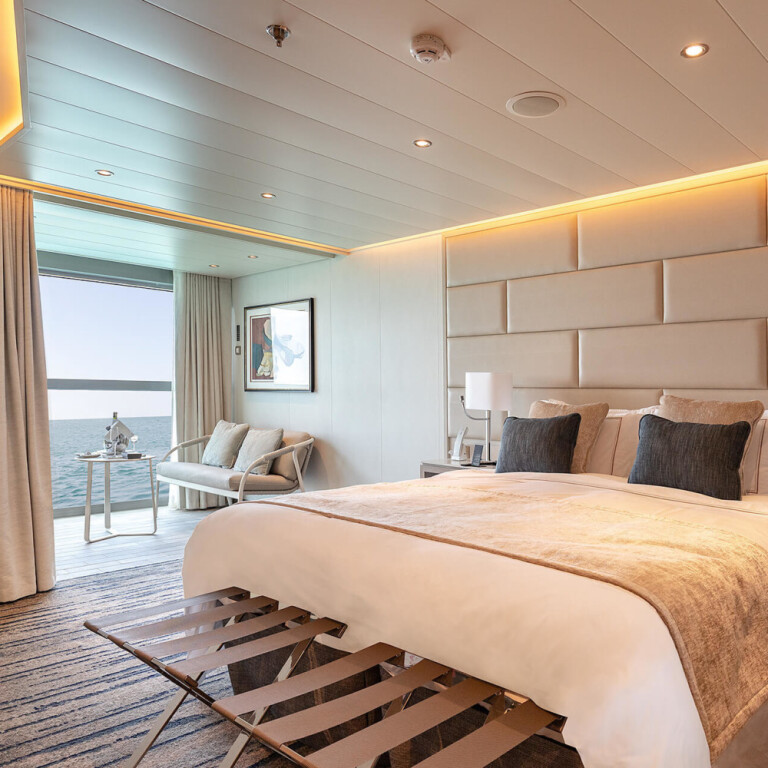 Das Kabinenbild ist lediglich ein Beispiel.
Abweichungen sind möglich.
Das Kabinenbild ist lediglich ein Beispiel.
Abweichungen sind möglich.
31 m² mit Veranda (6 m²)
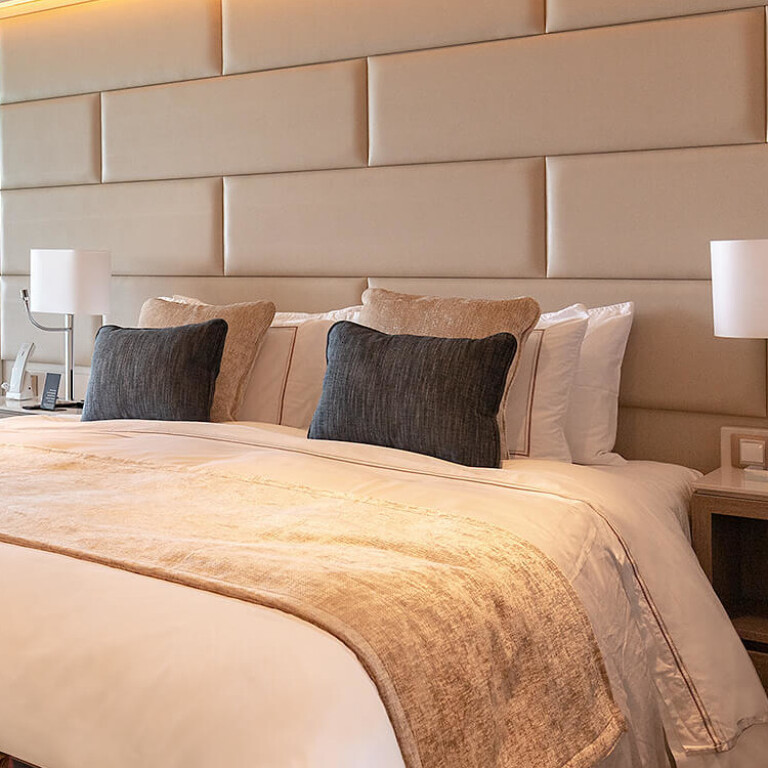 Das Kabinenbild ist lediglich ein Beispiel.
Abweichungen sind möglich.
Das Kabinenbild ist lediglich ein Beispiel.
Abweichungen sind möglich.
30 m² mit Veranda (7 m²)
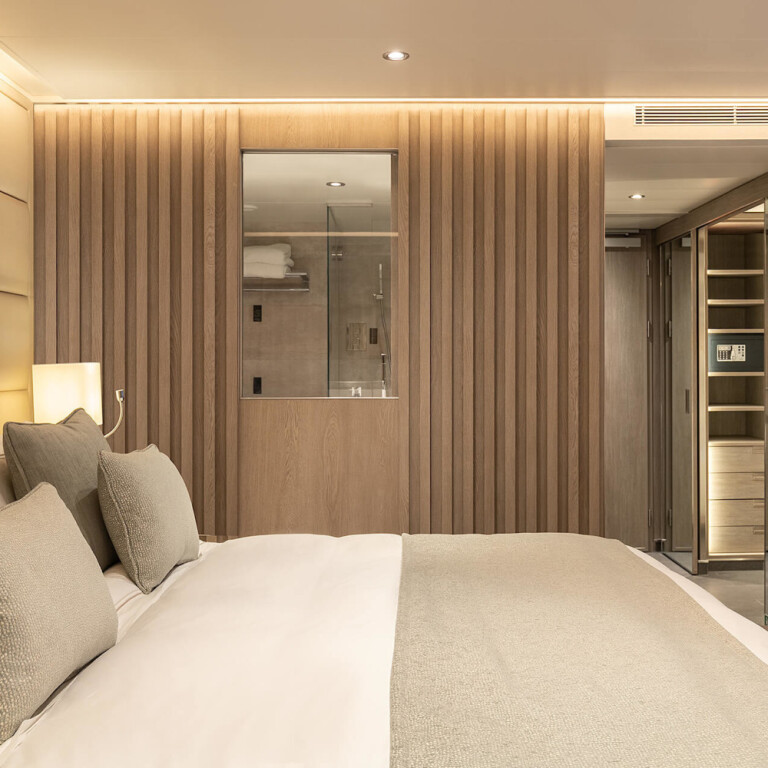 Das Kabinenbild ist lediglich ein Beispiel.
Abweichungen sind möglich.
Das Kabinenbild ist lediglich ein Beispiel.
Abweichungen sind möglich.
30 m² mit Veranda (7 m²)
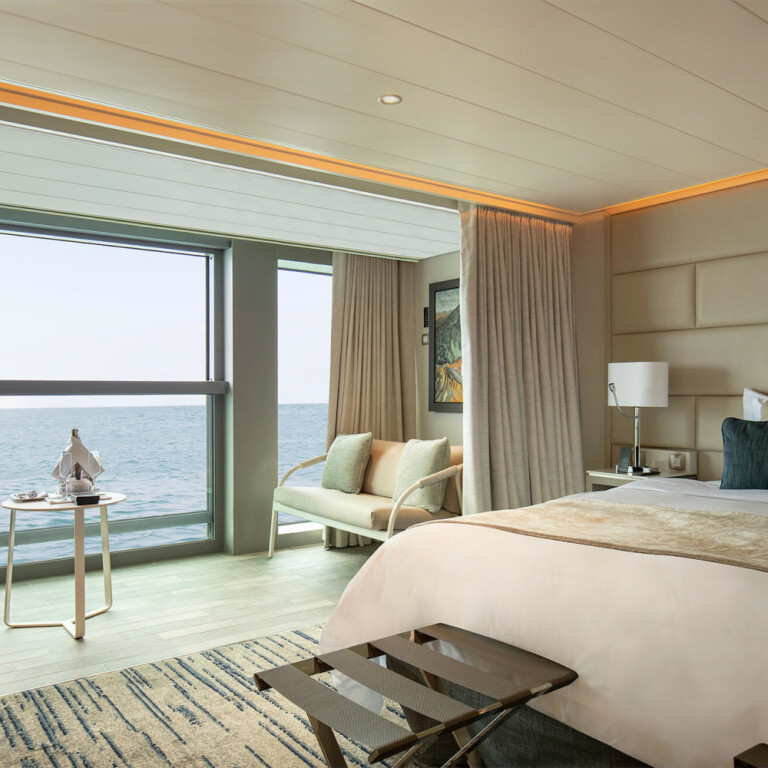 Das Kabinenbild ist lediglich ein Beispiel.
Abweichungen sind möglich.
Das Kabinenbild ist lediglich ein Beispiel.
Abweichungen sind möglich.
33 m² mit Veranda (8 m²)
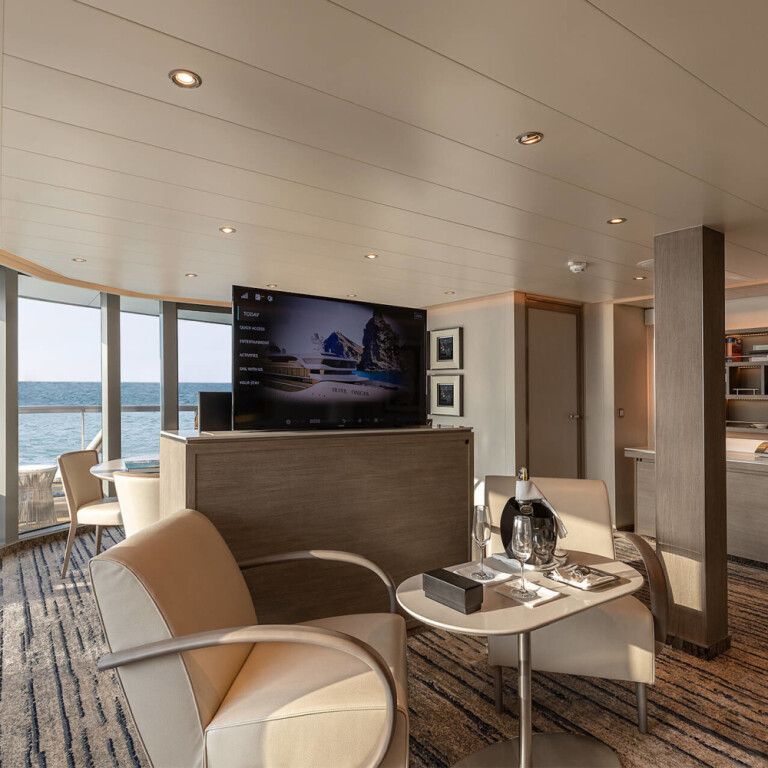 Das Kabinenbild ist lediglich ein Beispiel.
Abweichungen sind möglich.
Das Kabinenbild ist lediglich ein Beispiel.
Abweichungen sind möglich.
95 m² mit Veranda (25 m²)
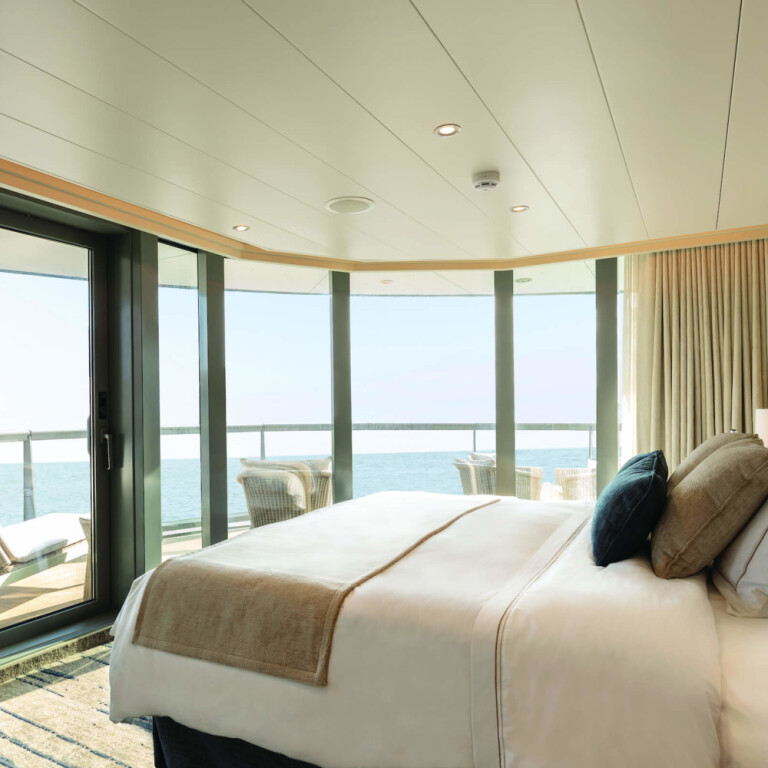 Das Kabinenbild ist lediglich ein Beispiel.
Abweichungen sind möglich.
Das Kabinenbild ist lediglich ein Beispiel.
Abweichungen sind möglich.
83 m² mit Veranda (28 m²)
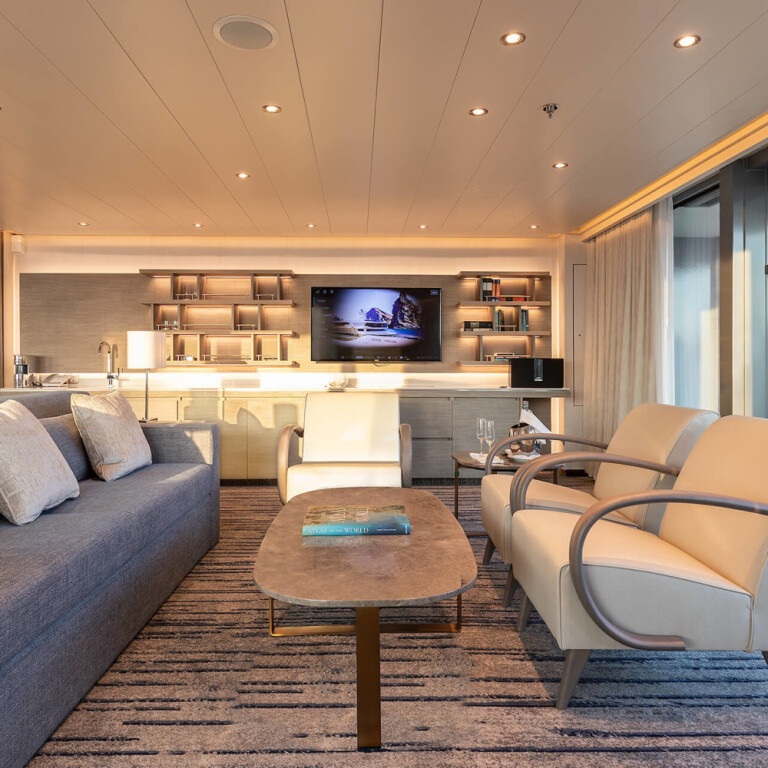 Das Kabinenbild ist lediglich ein Beispiel.
Abweichungen sind möglich.
Das Kabinenbild ist lediglich ein Beispiel.
Abweichungen sind möglich.
160 m² mit Veranda (60 m²)
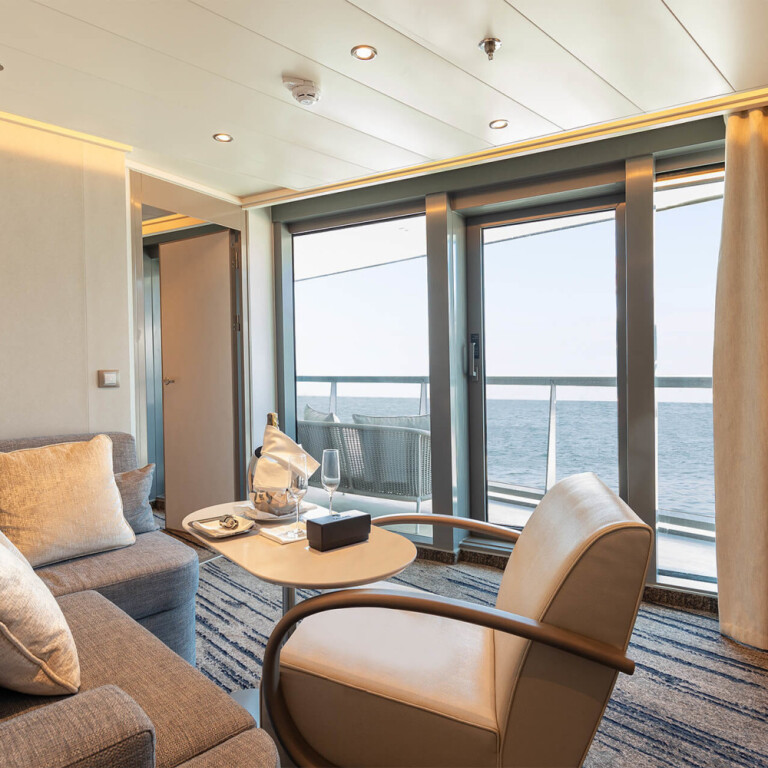 Das Kabinenbild ist lediglich ein Beispiel.
Abweichungen sind möglich.
Das Kabinenbild ist lediglich ein Beispiel.
Abweichungen sind möglich.
50 m² mit Veranda (10 m²)
Reiseverlauf abhängig von Wetter- und Eislage. Beschriebene Naturerlebnisse/Tiersichtungen sind mögliche Ereignisse auf den Expeditionen und nicht garantiert.
Kicker Rock
Buccaneer Cove, Santiago
Punta Espinoza, Fernandina
Elizabeth Bay (Isabela)
Punta Cormorant (Floreana)
Santa Cruz Highlands
Bahia Bowditch, Santa Cruz
San Cristóbal, Galapagos
Kreuzfahrt in der gebuchten Kabinenkategorie
Geführte Zodiac-, Land- und Seetouren sowie Aktivitäten unter der Leitung des Expeditions-Teams
Parka (auf Polarexpeditionskreuzfahrten)
Fachkundige Lektoren und/oder Kreuzfahrtberater
Persönlicher Butler-Service für alle Suiten
Unbegrenzt kostenloses WiFi
Speisen: Auswahl an Restaurants, abwechslungsreiche Küche, freie Platzwahl
Getränke in der Suite und auf dem gesamten Schiff – Champagner, auserlesene Weine und hochwertige Spirituosen
Essen in der Suite und 24-Stunden Zimmerservice
Gehobene Unterhaltung an Bord
Sämtliche Trinkgelder an Bord
Private Transfers mit Chauffeur
Internationale Flüge
Transfers vom/zum Flughafen vor Ort
Landausflüge
Landausflüge
Transfers (sofern nicht durch Tarif abgedeckt)
internationale Flüge (sofern nicht durch Tarif abgedeckt)
Reiseversicherungen
Visa- oder Passgebühren (falls erforderlich)
persönliche Ausgaben (Einkäufe, optionale Ausflüge)
sonstige im Programm nicht genannte Leistungen
Ihr Schiff ist die "Silver Origin". Ausführlich stellen wir Ihnen dieses Schiff auf unseren Schiffseiten vor. Ausführliche Informationen zu diesem Schiff.
Passagiere
100Bordsprachen

Special
All-InclusiveRestaurants
2Haben Sie Fragen zu diesem Reisetermin? Kontaktieren Sie uns gerne telefonisch! Planen Sie mit dem Team von Eisexpeditionen Ihre perfekte Expeditionsreise.
Polare Welten entdecken - mit Eisexpeditionen.de
Abonnieren Sie unseren Newsletter:
Abonnieren Sie unseren Newsletter:
Bevor Sie mit der Expertin für Expeditionsreisen Ihre Traumreise finden, stimmen Sie bitte der Verwendung von Cookies zu. Oder passen Sie Ihre individuellen Cookie-Einstellungen an.
Detaillierte Informationen zur Verwendung der Cookies finden Sie in unserer Datenschutzerklärung
Wir verwenden Cookies, um Ihnen ein besseres Webseiten-Erlebnis zu bieten. Dazu zählen Cookies, die für den Betrieb der Webseiten und für die Steuerung unserer Unternehmensziele notwendig sind, sowie solche, die zu anonymen Statistikzwecken oder zur Anzeige personalisierter Inhalte genutzt werden. Sie können selbst entscheiden, welche Kategorien Sie zulassen möchten. Bitte beachten Sie, dass Ihre Einstellungen bestimmte Funktionalitäten der Website beinträchtigt. Weitere Informationen finden Sie in unserer Datenschutzerklärung.
Funktionale Cookies auf dieser Website:
Merkzettel: Das Cookie ermöglicht es einen Merkzettel sitzungsübergreifend dem Benutzer zur Verfügung zu stellen. Damit bleibt der Merkzettel auch über mehrere Browsersitzungen hinweg bestehen.
Besuchte Reisen: Das Cookie ermöglicht es bereits besuchten Reisen sitzungsübergreifend dem Benutzer zur Verfügung zu stellen. Damit bleiben zuletzt besuchte Reisen auch über mehrere Browsersitzungen hinweg bestehen.
Popup: Das Cookie ermöglicht es die Popup-Einstellungen sitzungsübergreifend dem Benutzer zur Verfügung zu stellen. Wird ein Popup angezeigt / geschlossen bleibt diese Einstellung über mehrere Browsersitzungen hinweg bestehen.
Cookie Einstellungen: Das Cookie wird verwendet um die Cookie Einstellungen des Seitenbenutzers über mehrere Browsersitzungen zu speichern.
Chat: LiveChat ist ein Online-Chat, bei der Seitenbenutzern in Echtzeit über das Internet mit einem Unternehmen interagieren können. LiveChat ermöglicht es Seitenbenutzern mit dem Service Team von Eisexpeditionen.de in Kontakt zu treten. Wie LiveChat personenbezogenen Daten verwendet erfahren Sie unserer Datenschutzerklärung genauso wie beim Anbieter selbst.
Google Tag Manager: Wir verwenden auf unserer Website den Google Tag Manager, ein Tool von Google, das uns die Einbindung und Verwaltung verschiedener Tags über eine zentrale Schnittstelle ermöglicht und diese in unserem Webauftritt einbindet (z.B. Website-Analyseprodukte).
Cookies für Marketingzwecke auf dieser Website:
Google Ads: Wir nutzen auf unserer Website Google Ads für Conversion-Tracking und Remarketing, um gezielt Werbung an Besucher zu richten, die sich für unsere Produkte oder Dienstleistungen interessieren könnten. Wir nutzen die Conversions, um festzustellen, ob die jeweilige Anzeige bzw. die angezeigten Inhalte zum Anlass genommen wurden, um die aus Sicht der Werbetreibenden gewünschte Aktion auszuführen. Dies Dient zur Messung des Erfolgs der jeweiligen Werbekampagnen der Werbetreibenden. Mit Remarketing können wir Ihre Interaktionen mit unserer und anderen Webseiten verfolgen.
Facebook-Pixel Analytics: Wir verwenden auf unserer Website das Facebook Tracking Pixel. Dies ist ein Web-Analyse-Service, der von Facebook bereitgestellt wird. Mit Hilfe von Cookies erfasst das Facebook Tracking Pixel Informationen darüber, wie Nutzer mit unserer Website interagieren, z.B. welche Seiten besucht werden oder wie lange sie auf einer Seite bleiben. Diese Informationen werden in der Regel anonymisiert gesammelt und dienen dazu, das Nutzerverhalten auf unserer Website besser zu verstehen und unsere Werbekampagnen auf Facebook zu optimieren.
Cookies für statistische Zwecke auf dieser Website:
Google Analytics: Google Analytics ist ein Web-Analyse-Service. Mit Hilfe von Cookies erfasst Google Analytics Informationen darüber, wie Nutzer mit einer Website interagieren. Diese Informationen dienen dazu, das Nutzerverhalten auf einer Website besser zu verstehen und die Benutzererfahrung zu verbessern.
